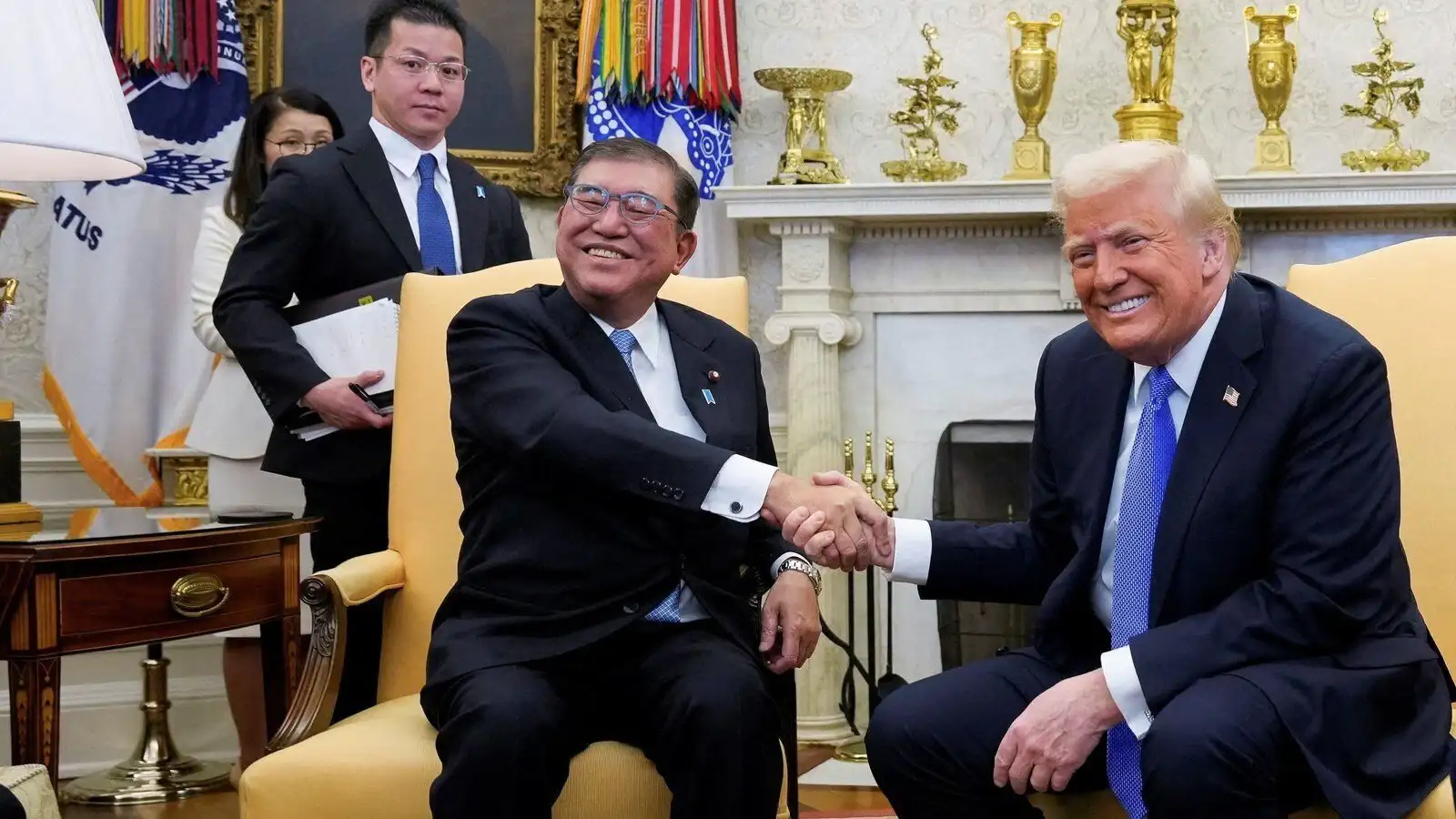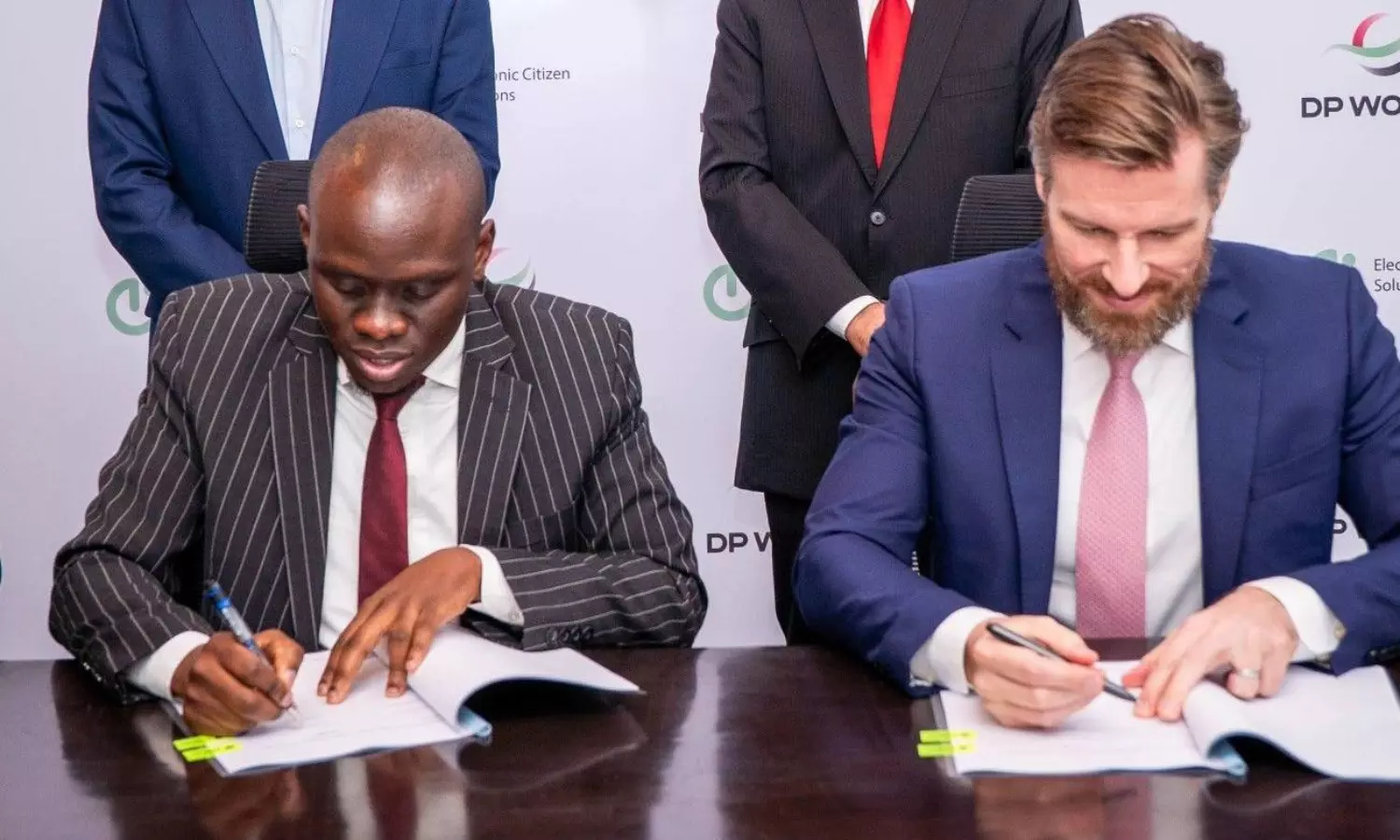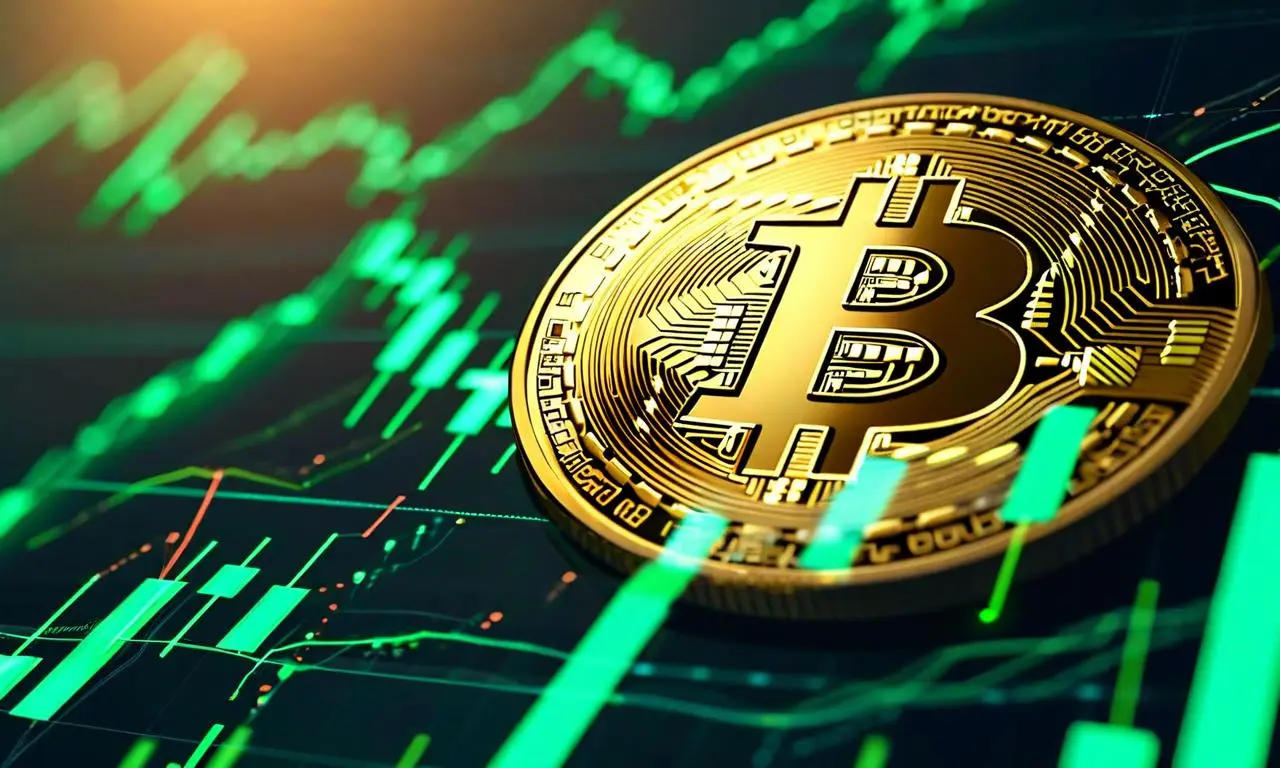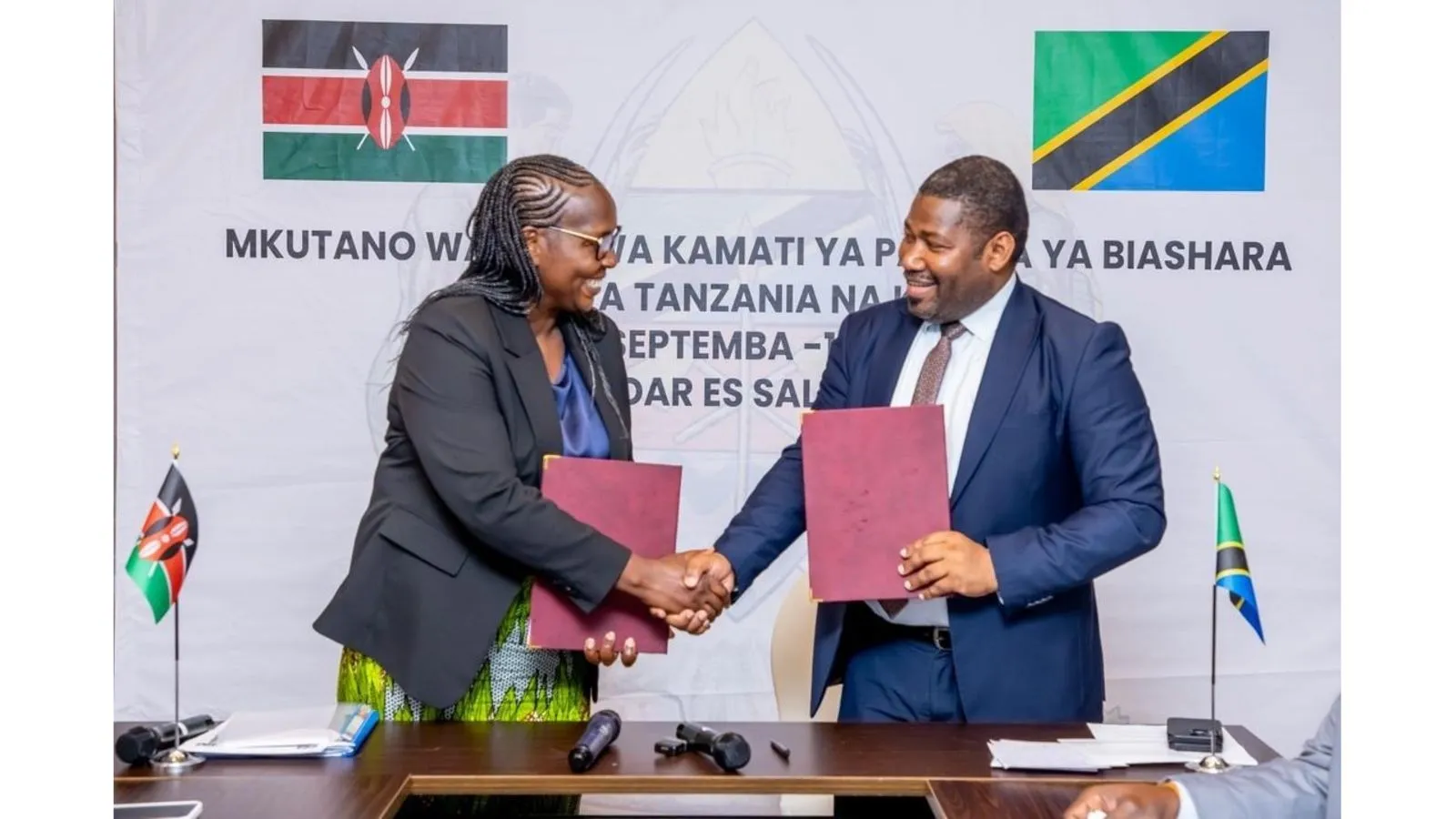U.S. President Donald Trump signed an order on Thursday to implement lower tariffs on Japanese automobile imports and other products that were announced in July, providing some relief to Japan’s export-heavy economy while formally cementing what Trump called “perhaps the largest Deal ever made” with America’s key Asian ally.
Formalizing the deal between the U.S. and Japan comes after months of tense negotiations, reduces uncertainty that has plagued the massive Japanese auto sector since the July announcement and confirms an agreement for $550 billion of Japanese investment in U.S. projects.
One decision can change your entire career. Take that step with our Online courses in ACCA, HESI A2, ATI TEAS 7, HESI EXIT, NCLEX-RN, NCLEX-PN, and Financial Literacy. Join Serrari Ed and start building your brighter future today.
Tariff Structure and Implementation Timeline
The lower 15% tariffs on Japanese autos, down from the current 27.5%, are set to take effect seven days after official publication of the order. The executive order also ensured that the 15% levy on Japanese imports agreed in July would not be stacked on top of those already subject to higher tariffs such as beef, while items previously subject to tariffs below 15% would be adjusted to 15%. This relief is retroactive to August 7.
In addition, it promised no tariffs on commercial airplanes and parts, providing significant benefits to Japan’s aerospace sector and Boeing’s operations in the country.
Washington will apply a baseline 15% tariff on nearly all Japanese imports, with separate sector-specific levies for automobiles and parts (also 15%), aerospace products, generic pharmaceutical goods and natural resources, according to the executive order.
Economic Impact on Japanese Industry
Trump’s levies on global shipments have dragged down Japan’s exports and hit Japanese carmakers hard. Last month, Toyota said it expected a hit of nearly $10 billion from Trump’s tariffs on cars imported into the United States, forcing the company to slash its forecast for full-year operating profits by 16%.
The deal provided immediate market relief, with Japanese auto stocks soaring following Trump’s July announcement. Honda rose over 8%, while Toyota climbed above 11%. Nissan jumped more than 8%, and Mazda Motor surged 17%. Mitsubishi Motors popped 13%.
“Finally,” Ryosei Akazawa, Japan’s top trade negotiator, posted to X, in a nod to the months-long trade talks that had frustrated lawmakers in Tokyo. Thursday marked his 10th trip to the U.S. for the negotiations.
Relief for Automotive Sector Despite Ongoing Challenges
Toyota praised Trump’s efforts to reach a trade deal with Japan. “While nearly 80% of the vehicles Toyota sells in the U.S. are made in North America, this framework provides much needed clarity,” the company said in a statement.
However, industry analysts warn that while the tariff deal offers some predictability, Japanese automakers still face significant challenges from Chinese competition. According to a 2025 PwC report, Japanese auto manufacturers’ market share in Southeast Asian ASEAN-6 countries fell from 68.2% in 2023 to 63.9% in 2024, with Chinese automakers rapidly expanding into markets where Japanese firms traditionally held strong positions.
Comprehensive Trade Package Details
Trump’s order said Japan was “working toward an expedited implementation of a 75% increase of United States rice procurements… and purchases of United States agricultural goods, including corn, soybeans, fertilizer, bioethanol (including for sustainable aviation fuel)” and other U.S. products totaling $8 billion per year.
As part of the deal, Japan will buy 100 Boeing planes and hike defense spending with U.S. firms to $17 billion annually, from $14 billion, the White House said in July.
Japan said in July the share of U.S. rice imports may increase under its existing framework but that the agreement did “not sacrifice” Japanese agriculture.
$550 Billion Investment Commitment
Trump’s order on Thursday also reiterated that the Japanese government has agreed to invest $550 billion in the United States in projects that will be selected by the U.S. government. The investment package, which will come in the form of equity, loans and guarantees from Japan’s government-owned banks, was agreed as part of the July trade deal.
Two-way trade between the two countries reached nearly $230 billion in 2024, with Japan running a trade surplus of nearly $70 billion. The United States in July agreed to lower tariffs on imports of Japanese automobiles but the timing remained unclear as Trump had yet to sign an executive order.
The two governments also signed a memorandum of understanding on the details of the investment package on Thursday, formalizing the framework for what Trump claimed would create “hundreds of thousands of jobs.”
Comparative Context with Other Trade Partners
Rival exporter South Korea is still waiting on an executive order covering a similar trade agreement with the U.S., including a 15% tariff on U.S. imports from automakers like Hyundai Motor and Kia, down from 25%. A South Korean trade official said on Friday that his country was assessing the potential impact of the executive order regarding Japan.
The European Union reached a similar agreement with Washington in July, securing a 15% baseline tariff as part of a framework trade deal and averting new tariffs on chips and pharmaceuticals.
Build the future you deserve. Get started with our top-tier Online courses: ACCA, HESI A2, ATI TEAS 7, HESI EXIT, NCLEX-RN, NCLEX-PN, and Financial Literacy. Let Serrari Ed guide your path to success. Enroll today.
Domestic Industry Response and Concerns
While Japanese automakers celebrated the deal, American auto companies raised concerns about competitive disadvantages. American auto companies will be subject to a 25% levy on cars they make in Canada and Mexico and import into the U.S. under tariffs imposed by Trump in April.
“Any deal that charges a lower tariff for Japanese imports with virtually no U.S. content than the tariff imposed on North American-built vehicles with high U.S. content is a bad deal for U.S. industry and U.S. auto workers,” Matt Blunt, head of the American Automotive Policy Council, said.
However, Commerce Secretary Howard Lutnick dismissed these concerns, saying he spoke to U.S. auto manufacturing CEOs and that “they are cool with it.” Trump’s tariffs have already taken a toll on the Big Three automakers, with GM confirming tariffs cost it $1.1 billion in the second fiscal quarter of 2025.
Strategic Implications for US-Japan Relations
Japan has said the trade deal ensures the U.S.’s fifth-largest trading partner will always receive the lowest tariff rate on chips and pharmaceuticals of all the pacts negotiated by Washington, but the latest order had no mention of the treatment. Japan will continue to push the U.S. to ensure the agreed treatment, Akazawa told reporters.
The executive order said that the United States “may modify this order as necessary” should Japan fail to implement its commitments under the agreement, providing Washington with enforcement mechanisms to ensure compliance.
Political Crisis Context in Japan
The agreement comes ahead of a key test for Japan’s embattled Prime Minister Shigeru Ishiba with his ruling party set to vote on Monday on whether to hold an extraordinary leadership election that could result in his ouster.
Ishiba has overseen his ruling coalition lose its majority in elections for both houses of parliament since coming to power last year amid voter anger over rising living costs and weak economic growth exacerbated by the trade tariff uncertainty.
The Prime Minister’s political fate remains uncertain as Japan finds itself in political gridlock with no party strong enough to govern effectively. The Liberal Democratic Party lost its majority in both houses of parliament for the first time since the party’s foundation in 1955.
Rising Political Pressures and Far-Right Challenge
The LDP faces additional pressure from the far-right populist party Sanseito, which surged from the fringe to mainstream politics, securing 14 seats in the upper house largely at the LDP’s expense. Sanseito achieved this breakthrough by tapping into economic grievances through xenophobic “Japanese First” messaging.
Despite denying accusations of xenophobia, Sanseito built its platform on nationalist appeals and fears of a “silent invasion” by immigrants, even though foreign residents in Japan represent only about 3% of the population.
International Trade Context and Global Implications
While finalizing the trade deal gives Ishiba an argument to stay on, political analysts estimate a 60% chance that he is forced out despite the diplomatic achievement. David Boling of political risk consultancy EurAsia Group noted that while the deal provides some relief, internal party pressures continue to mount.
The agreement represents the most substantial trade deal yet negotiated by the Trump administration in terms of trade volume, coming after eight rounds of talks that began on April 16. Japan was considered a priority candidate for U.S. tariff negotiations from the beginning due to its significant trade surplus with America.
Market Access and Agricultural Commitments
Japan will also provide “breakthrough openings in market access” in manufacturing, aerospace, agriculture and automobile sectors, according to the Thursday order. The deal addresses major U.S. demands on investment and market access while providing Japan with relief from the threatened 25% tariff rate that would have taken effect without an agreement.
The agricultural component remains particularly sensitive, with Japan working to balance increased U.S. agricultural imports against protecting its domestic farming sector. Despite the commitments, Japan maintains that the agreement does not sacrifice its agricultural interests.
Future Outlook and Implementation Challenges
The successful conclusion of the U.S.-Japan trade negotiations provides a template for Trump’s broader trade strategy, though significant challenges remain. Steel and aluminum tariffs were not included in the deal and continue to be subject to a separate 50% tariff, leaving room for future negotiations.
Japan continues to face the difficult task of implementing the substantial investment commitments while managing domestic political pressures. The minority government status makes it challenging to build consensus on controversial aspects of the deal, particularly regarding agricultural market access.
Global Trade War Context
The deal comes amid Trump’s broader global tariff campaign that has thrown global supply chains into disarray. The administration continues to negotiate with other major trading partners, including China, the European Union, and South Korea, as Trump pursues his “America First” trade policy agenda.
As Japanese markets cautiously celebrated the tariff relief, the agreement underscores both the opportunities and risks of Trump’s transactional approach to international trade. While providing some predictability for Japanese manufacturers, the deal also highlights how economic relationships have become subject to political leverage in an era of intensifying trade tensions.
The implementation of this historic agreement will serve as a critical test of both countries’ commitment to their economic partnership while navigating the complex political challenges that continue to shape the U.S.-Japan relationship in an increasingly uncertain global trade environment.
Ready to take your career to the next level? Join our Online courses: ACCA, HESI A2, ATI TEAS 7 , HESI EXIT , NCLEX – RN and NCLEX – PN, Financial Literacy!🌟 Dive into a world of opportunities and empower yourself for success. Explore more at Serrari Ed and start your exciting journey today! ✨
Track GDP, Inflation and Central Bank rates for top African markets with Serrari’s comparator tool.
See today’s Treasury bonds and Money market funds movement across financial service providers in Kenya, using Serrari’s comparator tools.
photo source: Google
By: Montel Kamau
Serrari Financial Analyst
5th September, 2025
Article, Financial and News Disclaimer
The Value of a Financial Advisor
While this article offers valuable insights, it is essential to recognize that personal finance can be highly complex and unique to each individual. A financial advisor provides professional expertise and personalized guidance to help you make well-informed decisions tailored to your specific circumstances and goals.
Beyond offering knowledge, a financial advisor serves as a trusted partner to help you stay disciplined, avoid common pitfalls, and remain focused on your long-term objectives. Their perspective and experience can complement your own efforts, enhancing your financial well-being and ensuring a more confident approach to managing your finances.
Disclaimer: This article is for informational purposes only and does not constitute financial advice. Readers are encouraged to consult a licensed financial advisor to obtain guidance specific to their financial situation.
Article and News Disclaimer
The information provided on www.serrarigroup.com is for general informational purposes only. While we strive to keep the information up to date and accurate, we make no representations or warranties of any kind, express or implied, about the completeness, accuracy, reliability, suitability, or availability with respect to the website or the information, products, services, or related graphics contained on the website for any purpose. Any reliance you place on such information is therefore strictly at your own risk.
www.serrarigroup.com is not responsible for any errors or omissions, or for the results obtained from the use of this information. All information on the website is provided on an as-is basis, with no guarantee of completeness, accuracy, timeliness, or of the results obtained from the use of this information, and without warranty of any kind, express or implied, including but not limited to warranties of performance, merchantability, and fitness for a particular purpose.
In no event will www.serrarigroup.com be liable to you or anyone else for any decision made or action taken in reliance on the information provided on the website or for any consequential, special, or similar damages, even if advised of the possibility of such damages.
The articles, news, and information presented on www.serrarigroup.com reflect the opinions of the respective authors and contributors and do not necessarily represent the views of the website or its management. Any views or opinions expressed are solely those of the individual authors and do not represent the website's views or opinions as a whole.
The content on www.serrarigroup.com may include links to external websites, which are provided for convenience and informational purposes only. We have no control over the nature, content, and availability of those sites. The inclusion of any links does not necessarily imply a recommendation or endorsement of the views expressed within them.
Every effort is made to keep the website up and running smoothly. However, www.serrarigroup.com takes no responsibility for, and will not be liable for, the website being temporarily unavailable due to technical issues beyond our control.
Please note that laws, regulations, and information can change rapidly, and we advise you to conduct further research and seek professional advice when necessary.
By using www.serrarigroup.com, you agree to this disclaimer and its terms. If you do not agree with this disclaimer, please do not use the website.
www.serrarigroup.com, reserves the right to update, modify, or remove any part of this disclaimer without prior notice. It is your responsibility to review this disclaimer periodically for changes.
Serrari Group 2025












